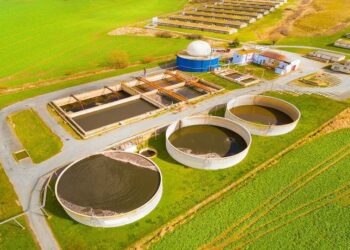LONDON, Sept 11 (Reuters) – A substantial increase in Iranian oil storage capacity will give the sanctions-hit country more flexibility to export crude, the International Energy Agency (IEA) said on Thursday.
The United States and the European Union have imposed sanctions on the Islamic Republic over its nuclear programme, preventing it from reaching production capacity.
Limited storage capacity has forced it to keep crude on National Iranian Tanker Co (NITC)-controlled tankers at sea.
However, a recent build-up in storage that saw four 1-million-barrel tanks being constructed at the country’s primary crude export terminal on Kharg Island took the total capacity to 28 million barrels, compared with just 7 million barrels around the turn of the millennium, the IEA said.
“The expansion of land-based storage increases the flexibility of the Iranian supply chain, which could see floating storage volumes fall further over coming months,” the IEA, the West’s energy watchdog, said in its monthly Oil Market Report.
“(This) will free up NITC tankers for deliveries if required.”
The IEA added that expansion of storage capacity was entering a new phase.
“In the short term, the Iranian administration plans to commission a further 10 storage facilities by end-2015 which will have a combined capacity of 7 million barrels,” the agency said.
It said that in the medium term Iran wants to use increased storage capacity to diversify exports away from Kharg Island by building a new crude and gas export hub on Jask Island, outside the Strait of Hormuz in the Sea of Oman.
“Although currently in the planning stage, the $2.5 billion project will reportedly include an extensive tank farm with a capacity of approximately 20 million barrels, while a 2,200 km pipeline will transport crude to the terminal,” the IEA said.

















































